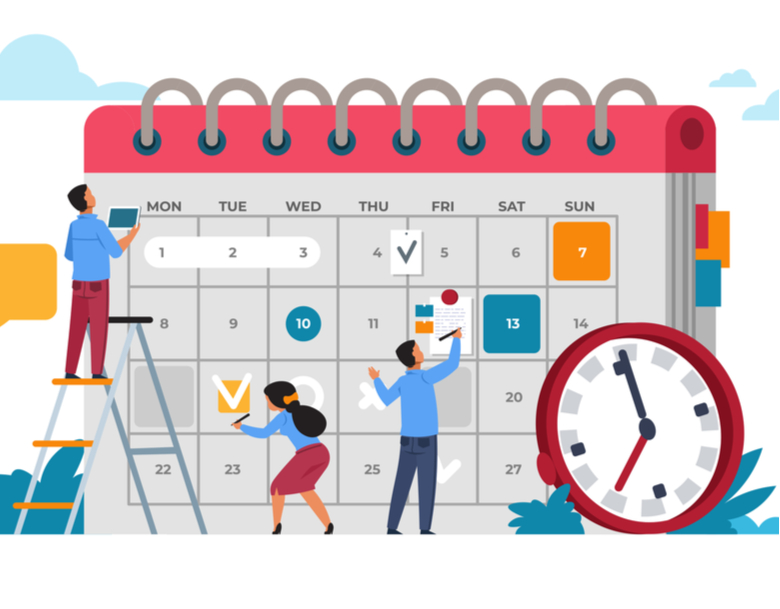In a recent APMP webinar, “Real Solutions for Unrealistic Schedules,” Mike Parkinson, CPP, APMP Fellow, discussed what proposal management professionals can do to prevent unrealistic schedules from happening and steps you can take after you get one. Parkinson, principal at 24 Hour Company, presented this topic at a past Bid & Proposal Con.
There are many reasons that unrealistic schedules may arise. When presenting this topic at BPC, Parkinson polled the audience and asked for some of these reasons, and then the group brainstormed potential solutions:
- Challenge: Not prepared > Solution: Knowing what’s needed early on
- Challenge: No staff > Solution: Have a pipeline/forecasting
- Challenge: Competing deadlines > Solution: Stop chasing everything and qualify it first
- Challenge: Subject-matter experts MIA > Solution: Outline roles and responsibilities upfront or add a back-up
- Challenge: Not staying on schedule > Solution: Use clear timelines
- Challenge: Executive procrastination > Solution: Set frequent check-in dates with leadership
When you don’t have time to conduct a full gap analysis to figure out how to overcome these challenges, Parkinson offered another solution: The ATB Matrix. You start by creating a table (on a sheet of paper, in Microsoft Word or Excel, etc.) with three columns. The first column is “As Is,” which describes the current state of affairs for the challenge, or how it works today. The second column is “To Be,” or how you want this challenge or process to work ideally. The third column is “Barriers” — what’s preventing “To Be” from happening? Parkinson advises being specific when completing the matrix.
Here’s one example from Parkinson on how the completed matrix would look:
- As Is: I write winning proposals in days or weeks.
- To be: I write winning proposals in hours.
- Barriers: It’s hard to find anything I can reuse. It takes a lot of time to write and create custom content.
Think about one solution to this barrier. Perhaps creating a process for content management. Parkinson said that solutions come in three buckets and these three buckets work together:
- Skills: Figure out the specific skill you need to address the challenge, whether it’s editing, desktop publishing, design, etc., and then think about someone with that skill who can do that task. Then build a list of skills that you frequently need and earmark people with those skills now, so when the need arises, you can reach out. Parkinson also stressed that “availability” is not a skill — just because someone is available doesn’t mean they’re the best person for the job.
- Methods: Have a knowledge database that gives you a starting point so you can access content easily. Look at your processes and streamline, removing excess steps so that you’re more efficient. Many times, we look to get better by adding resources and tasks, rather than focusing on not getting worse and subtracting things that don’t work.
- Tools: There are many tools you can build internally or buy to help when working through an unrealistic schedule, tools that can help you write, create simple graphics and more. Parkinson advises that there’s no one size fits all tool; you have to do your research to find which options work for you.
Watch the full webinar to learn more about the ATB Matrix and tools Parkinson likes to use.
Every month, APMP offers live and on-demand webinars that address key industry topics and best practices. All webinars are free to APMP members.



Join the Conversation